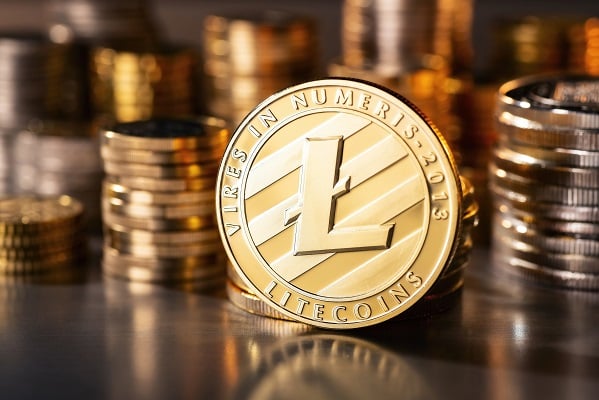A new technology is opening up opportunities for frictionless interactions with these distinctive assets in the fascinating realm of Non-Fungible Tokens (NFTs) and digital collectibles.
We are now living in the era of Web3 browsers, which are completely changing how we interact with blockchain-based services.
The unique role that Web3 browsers play in NFT marketplaces and digital collectibles will be explored in this essay, along with the advantages, features, and effects they have on the expanding ecosystem.
Key Takeaways
- Web3 browser is essential for interactions with blockchain-based assets in the NFT market and the world of digital collectibles.
- They provide consumers immediate access to decentralized apps (dApps) and smart contracts as well as improved security and privacy.
- Improved user experiences provided by Web3 browsers encourage wider use of NFTs and digital collectibles.
- Interoperability across blockchain networks is made possible by Web3 browsers, allowing users to move assets between platforms and engage with each other without any friction. This encourages innovation and cooperation on the decentralized web.
Web3 Browser: Unlocking the Decentralized Web’s Power
Consider a browser that smoothly links you to the decentralized online in addition to the standard web. The function of a Web3 browser is just this. It operates as a portal into the world of blockchain and decentralized apps, enabling users to easily explore NFTs and digital collectibles and engage with smart contracts and manage cryptocurrency.
- Users may engage with decentralized apps (dApps) and connect directly to blockchain networks like Ethereum using a Web3 browser. Through the use of encryption, this direct transaction eliminates the need for middlemen like centralized exchanges or markets and provides increased security and anonymity.
Benefits of Web3 Browsers for Digital Collectibles and NFT Marketplaces
- A higher level of security and privacy is provided by Web3 browsers, which utilize encryption and cryptographic protocols to protect user interactions. When dealing with priceless NFT assets and sensitive personal information, this level of protection is essential.
- Direct User Interaction with dApps and Smart Contracts: Web3 browsers let users engage with decentralized apps and smart contracts directly. The lack of extra software or plugins makes it possible to browse and interact with NFT markets without any difficulty.
- A seamless wallet integration allows users to control their NFTs, cryptocurrencies, and digital collectibles from a single interface. Web3 browsers frequently incorporate wallet functions. This simplicity streamlines the user experience and promotes a wider adoption of assets based on blockchain technology.
- Improved User Experience: Web3 browsers are intended to make exploring the decentralized web easier for users. Users with various levels of technological competence may access them because of features like built-in token support, user-friendly interfaces, and simple browsing experiences.
Web3 Browsers’ Effects on NFT Markets and Digital Collectibles
The market for NFTs and digital collectibles have been significantly impacted by the development of Web3 browsers. Here is a more detailed look at how they are changing the market:
- Increased Accessibility: By removing technological obstacles and making the process of purchasing, selling, and dealing with digital assets simpler, Web3 browsers make it simpler for novices to enter the NFT market.
- Web3 browsers allow anybody with an internet connection to possess distinctive digital goods, democratizing ownership. This creates new chances for producers, collectors, and artists to interact with a large audience and make money off of their work directly.
- Web3 browsers have broader use cases; they’re not just for NFT markets. They also make it easier for users to communicate with platforms for decentralized finance (DeFi), gaming ecosystems, social media dApps, and other technologies. This adaptability improves the decentralized web and Web3 browsers’ overall value proposition.
Supporting Interoperability with Web3 Browsers
In addition to transforming NFT markets and digital collectibles on Ethereum, Web3 browsers are also extending their support for different blockchain networks. Through smooth asset transfers and interactions between platforms made possible by this cross-chain interoperability, the decentralized web is encouraged to collaborate and innovate. For collectors, artists, and fans, embracing interoperability through Web3 browsers opens up a world of possibilities and builds a thriving, linked NFT ecosystem that goes beyond individual blockchains. Web3 browsers will be your guide as you set out on an exciting voyage into the decentralized future.
Final Thoughts
In the realm of NFT markets and digital collectibles, Web3 browsers have become potent tools that are altering how we investigate and engage with blockchain-based commodities. These browsers are influencing the direction of the digital economy with increased security, direct access to decentralized apps, better user experiences, and the possibility for cross-chain interoperability. Web3 browsers will be essential in promoting widespread adoption, democratizing ownership, and maintaining a lively and linked ecosystem as NFT use keeps on increasing. Therefore, embracing Web3 browsers will open up a world of possibilities and lead you on an exciting trip into the future of digital assets, whether you’re an artist, collector, or simply interested in the decentralized web. The possibilities in this decentralized frontier are endless, so be ready to explore, trade, and gather!





Leave a Comment